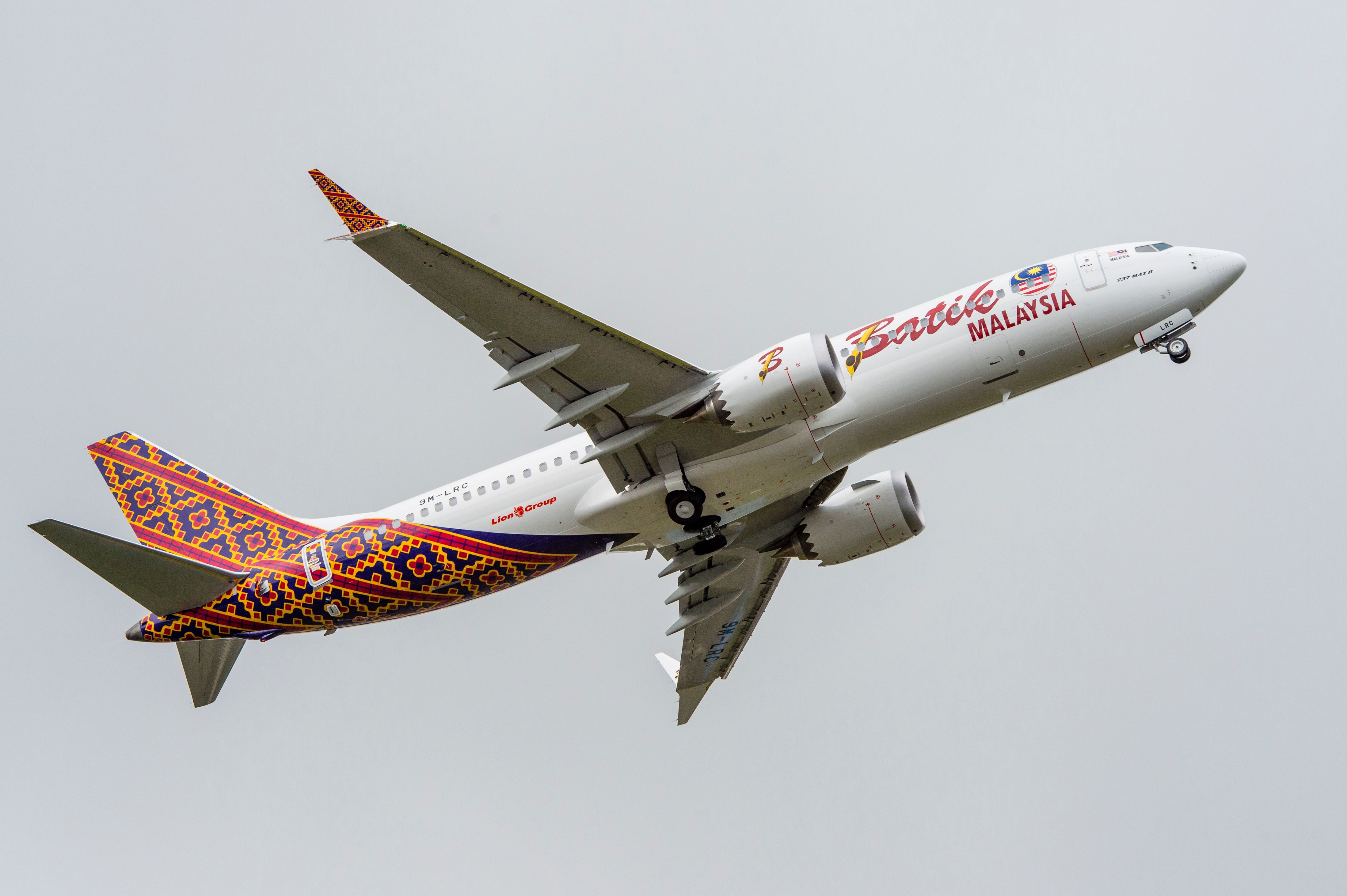The Boeing 737 is the most delivered aircraft to date (although the Airbus A320 has edged ahead in total sales recently). The first 737-100 entered service in 1968, and the type remains in production today with the 737 MAX series. While Lufthansa has the honour of being the overall launch customer for the 737 (with the 737-100), several other airlines have launched the following variants at different points over the past 50 or more years.
Developing the Boeing 737
Boeing developed the Boeing 737 as a successor to its 707 and 727 aircraft. The 727 was a great success for Boeing, but there was interest in following it with a more economical twin-engine aircraft. This may seem obvious to use today, but at the time, this was a move away from previous aircraft. Other manufacturers were, of course, also developing twin-engine aircraft. Boeing opted for a different design, though, and mounted the two engines under the wings.
Others chose to mount the engines on the rear of the fuselage. This proved to be a big part of the 737s success, allowing for a wider cabin and easier access to engines on the ground.
The 737 Original Series
The first aircraft launched was the 737-100 in February 1968, with launch customer Lufthansa. Lufthansa was the first non-US based airlines to launch a Boeing aircraft.
The 737-100 offered a typical two-class capacity of just 85, and several airlines requested more. This was addressed quickly was the next model, the 737-200. The fuselage was stretched, and the aircraft offered a typical seating capacity of 102 (and a limit of 136). It also featured higher thrust engines.
The 737-200 launched in April 1968 with United Airlines (one of the airlines that requested the stretch).
The 737 Classic Series
Despite initial slow sales, the 737-200 went on to be a success for Boeing. It stuck with the project, and launched improvements with the Classic Series in 1984. This made several improvements. It introduced more powerful engines (launched with the CFM56 turbofan engine), increased wingspan, aerodynamic improvements to the tail and wingtips, and cabin improvements.
The Classic Series introduced three variants with different capacities and range, with the same main airframe design. This concept has stayed with the 737 until now, of course.
The first of the three variants, the 737-300, launched first with Southwest Airlines in December 1984.
The stretched 737-400 entered service in September 1988 with Piedmont Airlines. And the shortened 737-500 also entered service also with Southwest Airlines in February 1990.
The 737 Next Generation Series
Boeing next upgrades to the 737 were motivated by the development of the Airbus A320. During the 1980s, there was a gap in the market for a new European constructed single-aisle aircraft. The A320 was Airbus' successful response to this and entered service in April 1988 with Air France.
Boeing responded with updates in its 737 Next Generation Series. This likewise offered different sized variants (four this time), with improved capacity, range, fuel efficiency, and a glass cockpit.
The first aircraft, the mid-sized 737-700 entered service with Southwest Airlines in December 1997. The smaller 737-600 and the larger stretched 737-800 both entered service during 1998, with SAS and Hapag-Lloyd Flug (later to become TUIfly) respectively. The 737-800 has gone on to be the best-selling of all 737 variants, offering an excellent combination of range and capacity.
The longest version, the 737-900, entered service last, in 2001, with Alaska Airlines.
The 737 MAX
The latest updates to the 737 were also motivated by improvements in the Airbus A320 family. Airbus launched the upgraded Airbus A320neo family, with new engines and significantly improved efficiency, in 2010. Boeing again responded with the 737 MAX, offering efficiency improvements through upgraded engines (CFM International LEAP), and aerodynamic improvements including winglets.
Like the Next Generation Series, the MAX offers four different variants. The first of these to launch was the 737 MAX 8 with Lion Air subsidiary airline Malindo Air in May 2017. The stretched 737 MAX 9 followed with Thai Lion Air, in March 2018.
The shortest variant, the 737 MAX 7, was originally expected to enter service with Southwest Airlines in 2019, but the airline deferred the order. It is still planned to be the launch customer.
The largest 737 MAX 10 variant is expected to enter service with United Airlines in 2023. Prototypes are now flying with Boeing.
Several airlines can claim to be launch customers for 737 variants. Feel free to discuss these launches, or more about different 737 operators, in the comments.

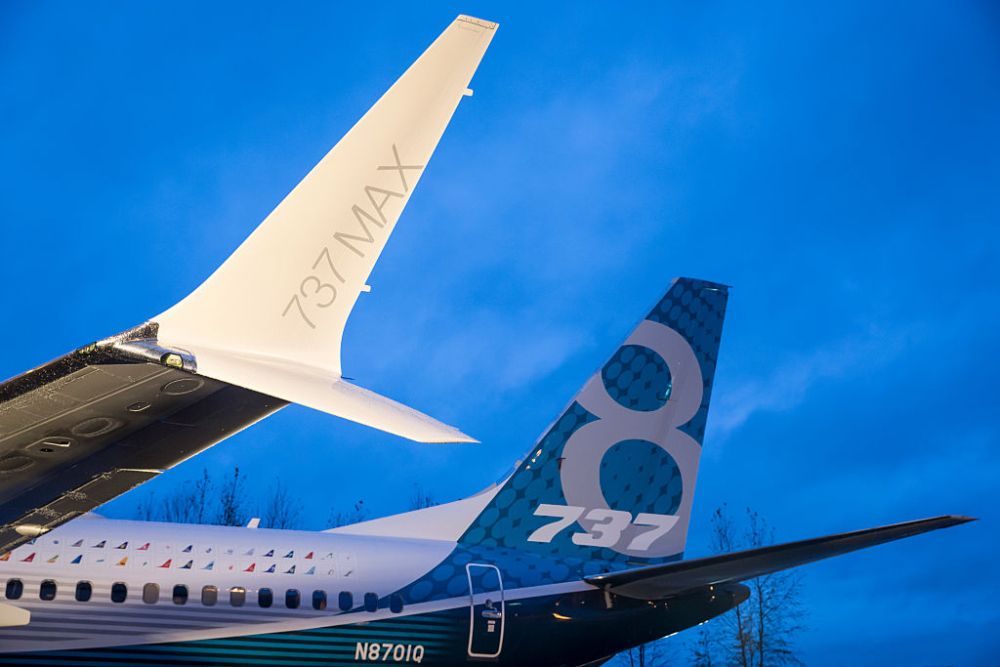
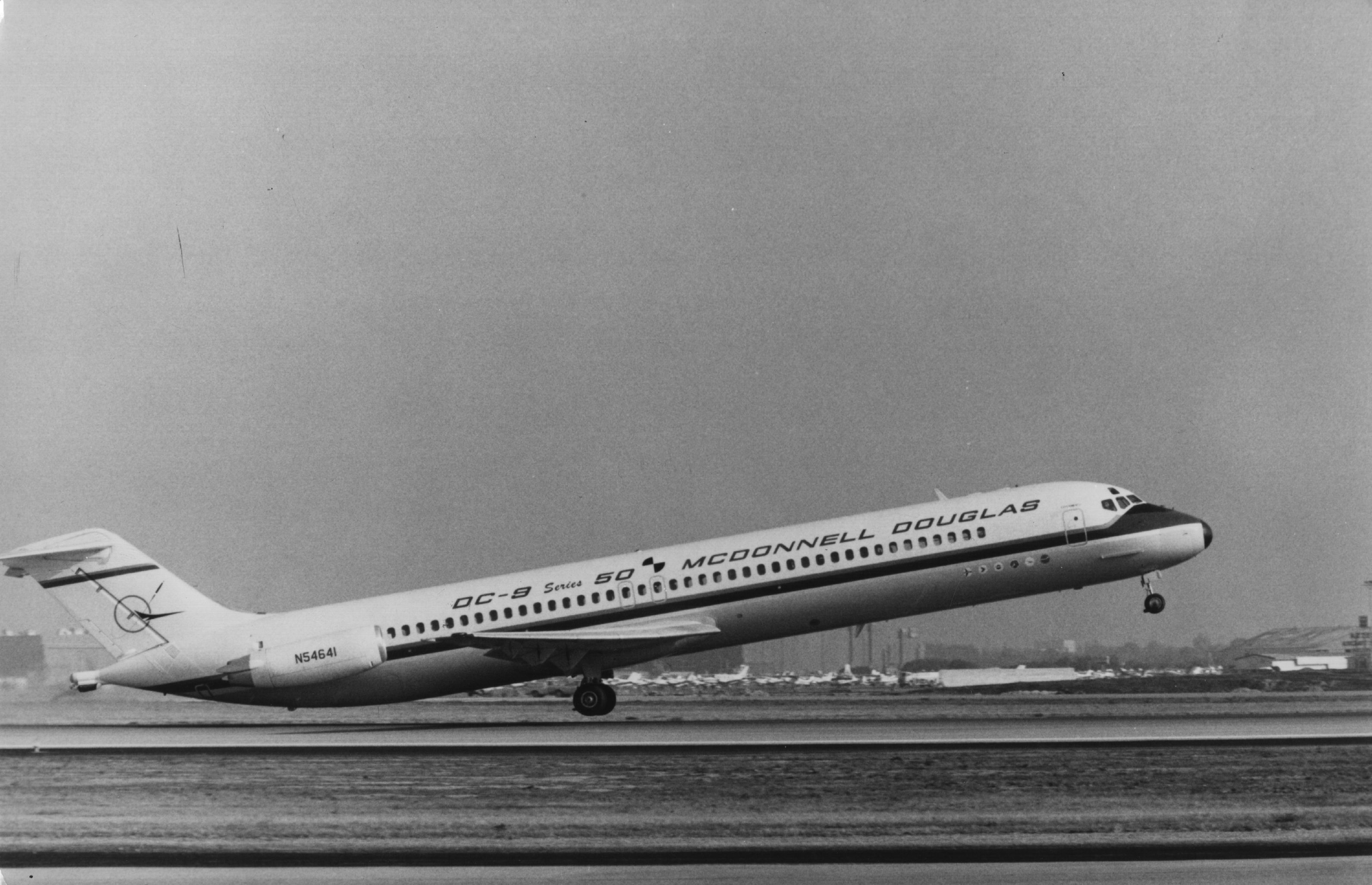
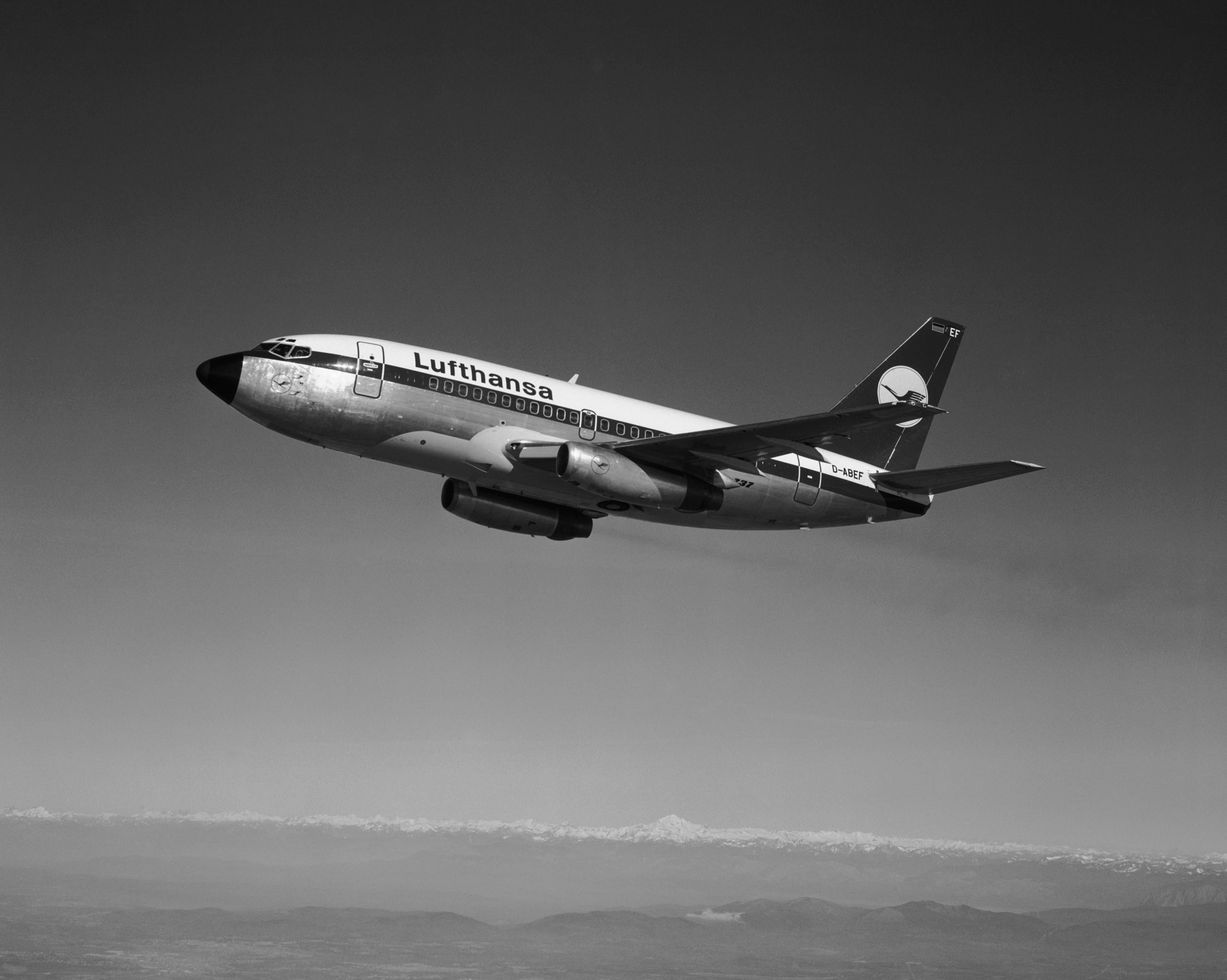
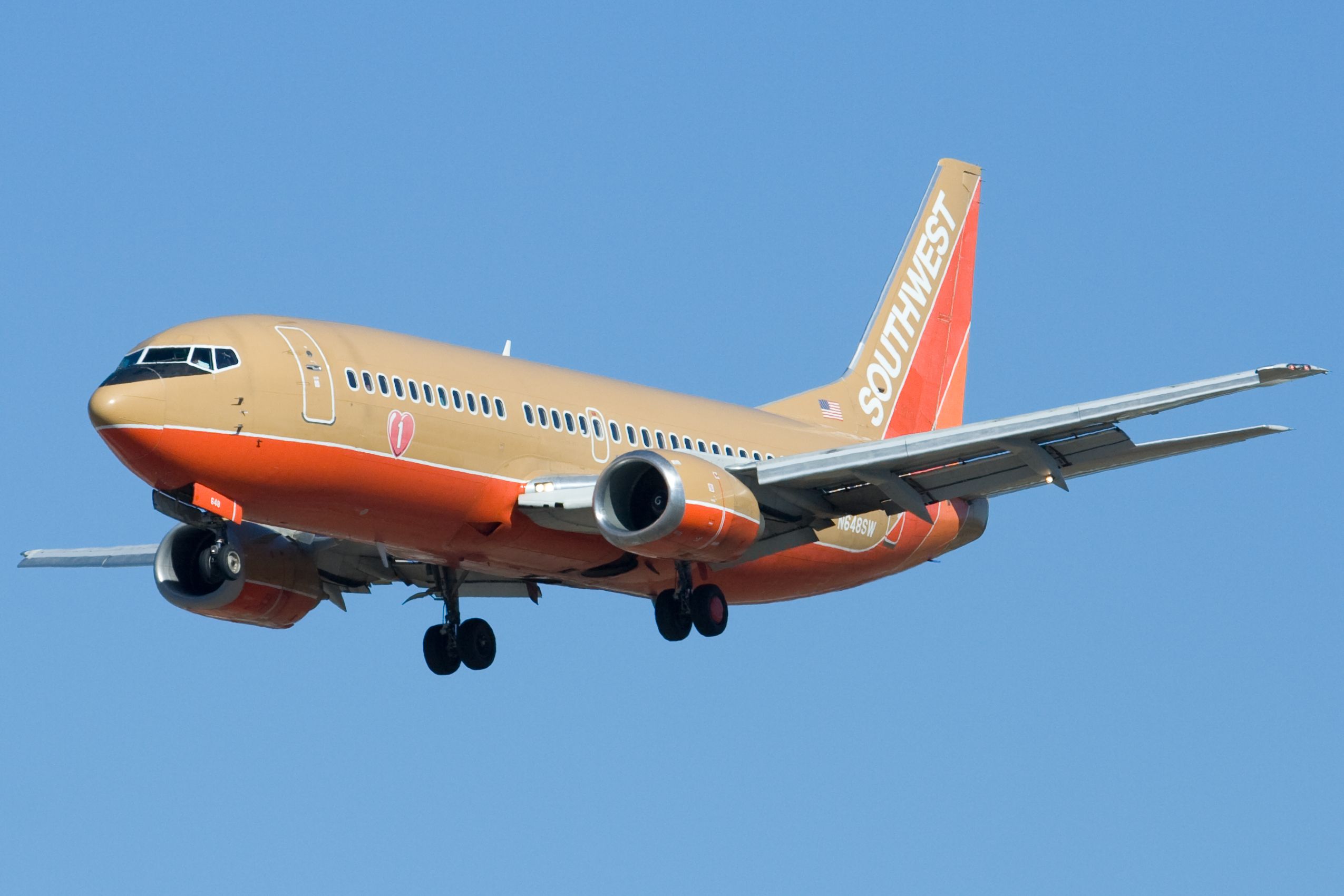
.jpg)
